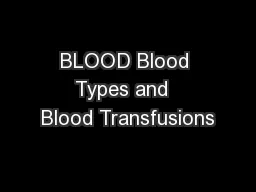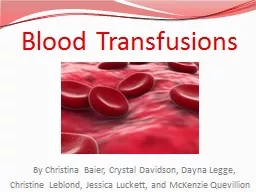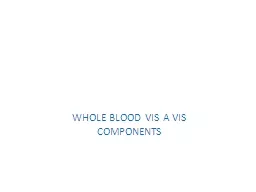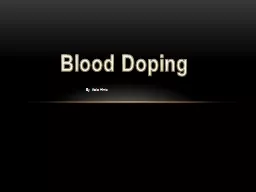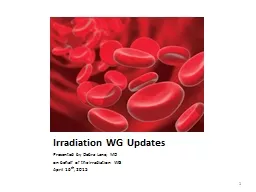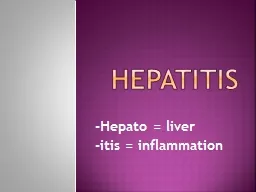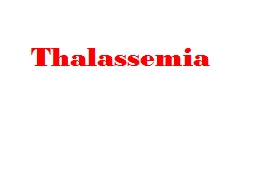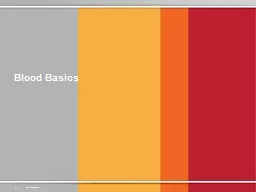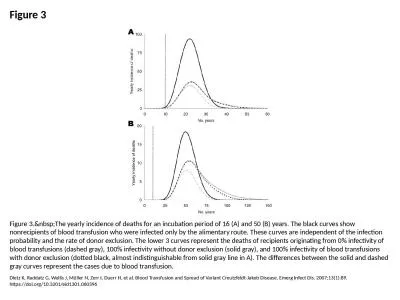PPT-BLOOD Blood Types and Blood Transfusions
Author : phoebe-click | Published Date : 2018-03-20
Class Starter What are the different blood types that exist What determines what type of blood you have Why can you die if you were to receive an incompatible blood
Presentation Embed Code
Download Presentation
Download Presentation The PPT/PDF document "BLOOD Blood Types and Blood Transfusion..." is the property of its rightful owner. Permission is granted to download and print the materials on this website for personal, non-commercial use only, and to display it on your personal computer provided you do not modify the materials and that you retain all copyright notices contained in the materials. By downloading content from our website, you accept the terms of this agreement.
BLOOD Blood Types and Blood Transfusions: Transcript
Download Rules Of Document
"BLOOD Blood Types and Blood Transfusions"The content belongs to its owner. You may download and print it for personal use, without modification, and keep all copyright notices. By downloading, you agree to these terms.
Related Documents

